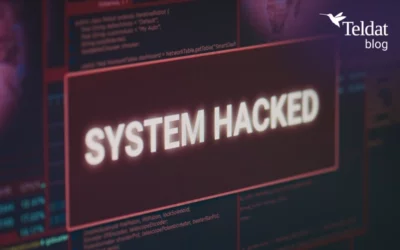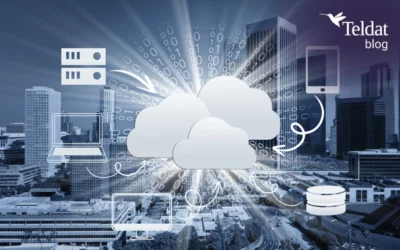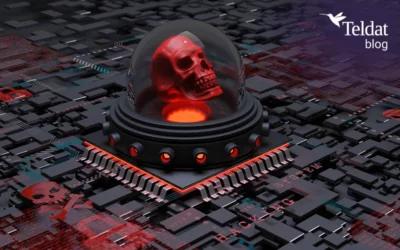 ZigBee Smart Energy (SE) is a standard for interconnecting and interoperating devices, via radio frequency, directed towards monitoring, managing and automating energy, gas and water usage. It seeks to be a useful tool for creating “Green Homes”, and is aimed at coordinating energy usage, optimizing its generation and consumption.
ZigBee Smart Energy (SE) is a standard for interconnecting and interoperating devices, via radio frequency, directed towards monitoring, managing and automating energy, gas and water usage. It seeks to be a useful tool for creating “Green Homes”, and is aimed at coordinating energy usage, optimizing its generation and consumption.
What is ZigBee?
ZigBee SE is a world-leading standard widely used for smart metering (electricity, gas and water) and home automation (wireless domotics).
ZigBee is a simple data transmission protocol designed to be used as a low rate wireless personal area network (LR-WPAN). Based on the IEEE 802.15.4 specification, for a set of high-level communications protocols, it’s a low-powered, low-bandwidth digital radio communication system. Among its most important applications are automation in the home and smart metering.
The protocol is intended for devices requiring low-power, relatively low transmission speeds and short distances between devices. In terms of transmission speeds, in the best-case scenario and depending on the frequency used, it can reach 250 Kb/s. The maximum transmission distance can vary from 10 to 100 meters, depending on the frequency, transmission power and environmental conditions.
Radio channel access is provided by CSMA/CA (Carrier Sense Multiple Access with Collision Avoidance) – a low level network access control protocol that permits multiple stations to use the same transmission medium.
ZigBee devices consume very small amounts of energy and are very low cost. They use protocols from different layers (PHY, MAC, network, security, and application). The network, security and application layers are defined by ZigBee Alliance.
The networks can work on different frequencies: 868 MHz, 915 MHz and 2.4 GHz. ZigBee networks support around 65,000 devices.
ZigBee networks support star and mesh topologies. Three types of devices are defined:
– Coordinator: this is the device that coordinates and forms the network, which means that every network must always have one. Once this device creates the network, other devices (Routers or End devices) can join. It is responsible for selecting the frequency channels and assigning network identifiers (PAN ID) to devices. The PAN ID is used to communicate between network devices. The coordinator can help to route data over mesh networks. It requires a permanent power supply, must always be active and be able to support child devices.
– Router: First, it must join the network, after which it can allow other Routers and End devices to join. It requires a permanent power supply, must always be active and be able to support child devices.
– End Devices: These do not connect to other network devices. They are usually battery-powered devices and can go into “sleep” mode to save energy.
A number of standards use ZigBee as a base. The most common of these are:
– ZigBee Home Automation (ZHA): This is a home automation-oriented global standard for controlling applications like lighting, temperature control, energy management, security and accident prevention.
– ZigBee Smart Energy (ZSE): This is a global standard that allows service providers and Home Area Network (HAN) electricity distribution companies to manage energy consumption. ZSE also allows suppliers and customers to interact, so that both can access smart communications.
– ZigBee Light Link (ZLL): This is a global standard that permits consumer lighting elements and other elements to interoperate with each other, giving consumers wireless access to these elements. It allows consumers to control their home lighting, while managing energy use and making their homes “greener”.
Why ZigBee Smart Energy?
ZigBee SE provides service providers and power distributors with a simple wireless access network within homes (Home Area Network, or HAN). Smart Energy offers these groups and their customers the possibility of communicating with each other directly in order to control smart applications (e.g., thermostats and other devices used to control high energy use in the home). Having access to customers’ instantaneous consumption, enables power distributors to more efficiently manage the electricity smart grid (generation and distribution). Furthermore, customers can receive real-time information on their energy use through devices installed inside the home, as well as by accessing the HAN through the services provided by energy distributors and/or service providers.
In our constant commitment to innovation, we at Teldat are investigating implementing ZigBee solutions in our devices. This is because, at Teldat, we have cutting-edge technologies to bring the future to our clients.

























